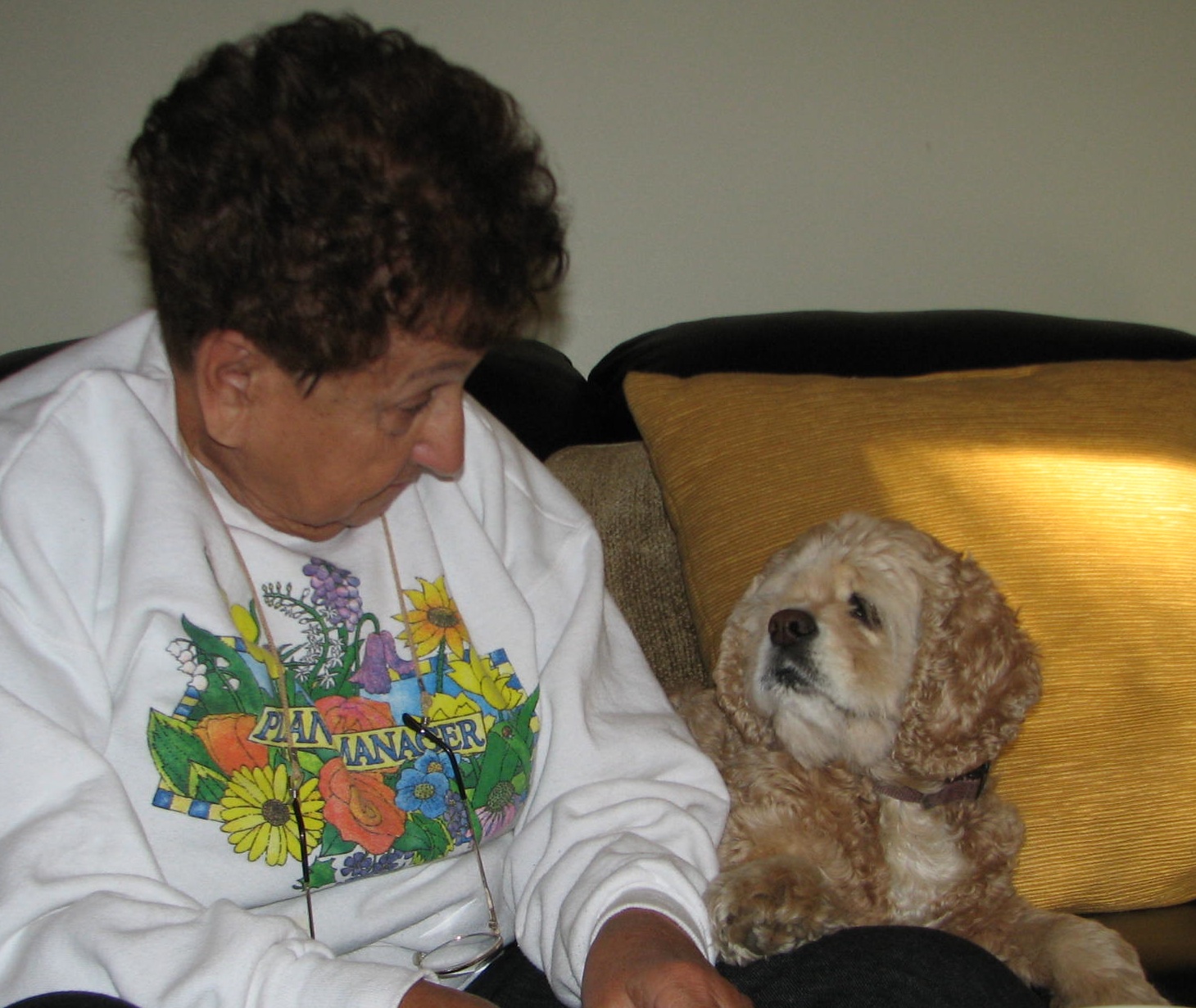 In the dog training world, which has a number of difference sects, stone tossing between them is a common occurrence. I confess I’ve lobbed a few myself. Some of the criticisms voiced are valid and important, others less so. In many cases there is a fundamental agreement between camps, with differing implementations.
In the dog training world, which has a number of difference sects, stone tossing between them is a common occurrence. I confess I’ve lobbed a few myself. Some of the criticisms voiced are valid and important, others less so. In many cases there is a fundamental agreement between camps, with differing implementations.
The number of unwanted dogs killed daily in shelters around the country is staggering. There are various reasons why this is, and not what this post is about. It is about the assertion, by some trainers, that other trainers are responsible for this situation. When I hear a trainer say that other trainers, because of the way they train, are the cause of dogs being relinquished to shelters my response is, “show me your numbers.”
In a study conducted by the National Council on Pet Population Study and Policy (NCPPSP) researchers went into 12 animal shelters in the United States for a year to find out why dogs were being given up. This finding stands out- most dogs (96%) had not received any obedience training. Read it again and let the implications of this sink in. When a trainer claims that other trainers, because of the way they train, are responsible for the death of dogs because they were unable to get the desired behaviors using their chosen method, they are stretching things more than just a bit. I don’t know how that 4% of dogs were trained, or whether their owners complied with the trainer’s recommendations. We never even met the other 96% and not all were given up because of behavior.
There are likely a multitude of reasons why owners dealing with behavioral issues don’t consult with a trainer. What I have experienced is that when an owner fundamentally has a good relationship with their dog, they are more likely to seek out solutions for keeping them. If this solution requires spending time or money, they’ll at least consider it. If someone does not have a good relationship with their dog it’s easier to give up on them. What constitutes a good relationship will vary, but I’ll risk it and say that part of that relationship includes the dog making the owner feel good. The dog looks at them, cuddles with them, plays with them, hangs out with them, etc. I live with 4 very different, often challenging dogs. They might be considered by some to be pains in the butt, but they’re my pains in the butt and they’re not going anywhere. They make me feel good more often than they upset me. Though it did take time and effort to get there with some of them.
The assertion that not getting a dog to stop annoying behaviors is the cause of their relinquishment to shelters, an assertion I hear too often by trainers, some who I think should know better, seems a shallow conclusion to come to. Getting a dog to stop any of the annoying behaviors that can frustrate and anger an owner is important, but this only addresses a part of the problem. It’s an important part, no question, but that an owner has even consulted with a professional trainer is an indication that a crucial piece of the puzzle is in place, the owner cares enough to do it. A trainer’s goal should be to maintain that caring relationship while other issues are addressed. We need to carefully weigh our options for modifying behavior so as not to damage what might be a fragile emotional bond from the dog’s perspective.
Dogs are failed in many ways, but suggesting that I’m contributing to that by the way I choose to train, is tossing far too big a stone at me. I suspect that whatever methods an individual trainer chooses to use, if the foundation of their training rests on creating trust between a person and their dog, and as a trainer maintains a loyalty to the dog as well as the person writing the check, they too may resent having to dodge stones.





